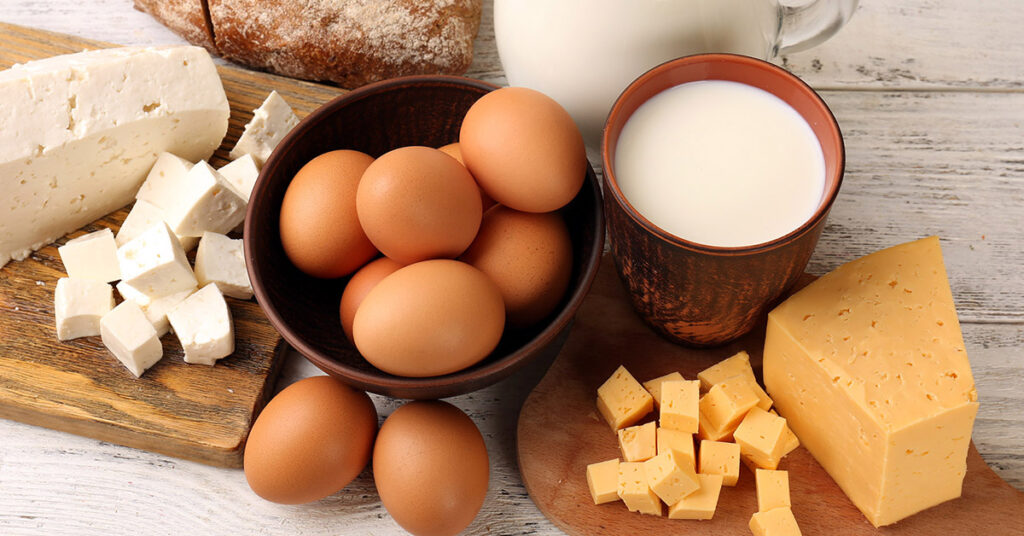FOOD & BEVERAGE M&A MARKET DYNAMICS
- M&A activity in the U.S. Food and Beverage market declined in Q3-25, totaling 101 transactions, an 18.5% drop from 120 deals in the same period last year. However, financial buyer participation surged 170%, reaching 19 transactions. The increase in financial buyer activity reflects record levels of dry powder, stabilizing interest rates, and attractive valuations, while strategic buyers continue to remain cautious due to margin pressures and integration risk.
- Global Food and Beverage M&A activity mirrored the U.S. trend, with Q3-25 transaction volume dropping 39.5% to 258 deals compared to the same period last year. Despite the sharp decline, financial buyer activity rose 29%, signaling continued global private equity interest in resilient sectors amid market uncertainty.
What We’re Discussing With Clients
Digital Engagement Driving Food & Beverage Growth
As technology becomes increasingly integrated into daily life, food and beverage brands are harnessing social media to strengthen digital engagement, connect with consumers, and showcase their products. A strong online presence is proving critical for capturing attention and building loyalty, as consumers increasingly rely on digital channels for discovery and decision-making. This shift highlights the growing importance of storytelling and data-driven strategies to maintain relevance and drive sustained growth in a competitive marketplace.
Fad Additives Fuel Product Innovation
Emerging health trends continue to shape product innovation in the food and beverage industry. After the surge in protein-focused products in 2023 and 2024, fiber has become the latest priority, prompting brands to refresh product lines, launch new SKUs, and capture premium pricing. These evolving preferences not only keep consumer interest high but also create upstream opportunities for ingredient developers and suppliers to capitalize on shifting wellness demands.
Transparency and Health Shape Premium Choices
Clean label products continue to establish themselves as a lasting trend in 2025. Consumers are turning away from highly processed foods in favor of healthier, minimally processed alternatives, often willing to pay a premium for products that align with their values of transparency and simplicity. This shift reflects growing demand for natural ingredients, clear labeling, and sustainability, as health-conscious buyers prioritize quality and authenticity over convenience.



